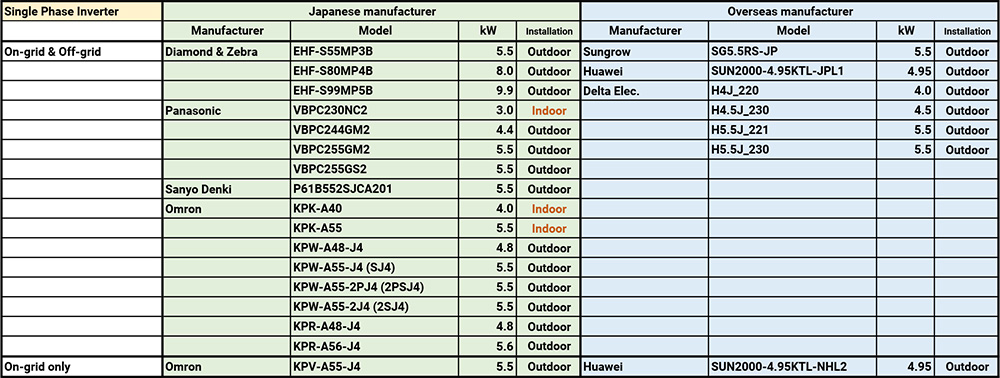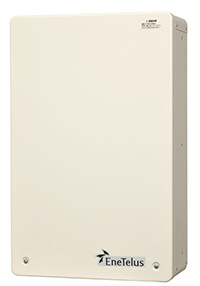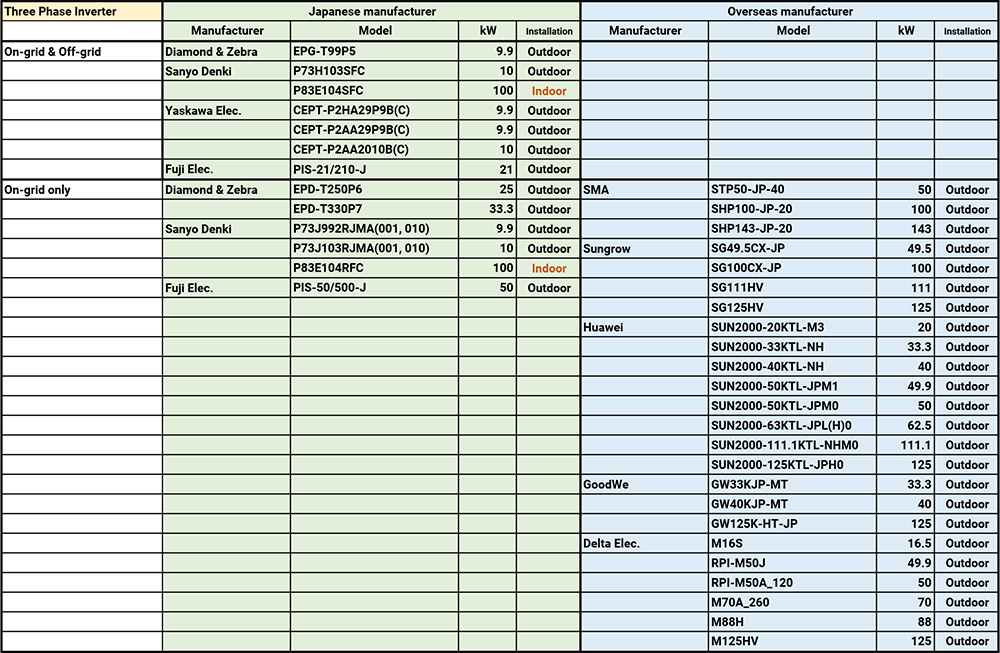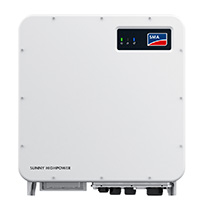PV column
Photovoltaic
2022/04/11
How to select PV inverter for Self-consumption model PV power plant

The purpose of owning PV power plants in Japan is shifting from a model based on the Feed-in Tariff (FIT), which began in July 2012, to a model based on self-consumption. Here is the outlook for new PV installations through 2050, as shown in a document released by the Japan Photovoltaic Energy Association (JPEA) on March 10, 2022.
According to data published by the Japan Photovoltaic Association, the Japanese PV market is expected to grow to about 4-5 GW of new installations per year between now and 2030. The market of self-consumption models is growing from 2022 onwards, and the market for PV system smaller than 10kW (mostly for residential use) is expected to be about 1.5 GW. And all of the 10 GW of annual installed capacity is expected to be in the self-consumption market by 2040.
Self-consumption PV power plant installations can be classified into two categories: “Demand-area installations: on the roofs of homes, factories, warehouses, and other facilities” and “Non-demand-area installations: water, cultivated land, abandoned land, etc.”.
Based on the most frequently asked questions about selecting a PV inverter when installing a PV system on a roof, which is generally easy to imagine, we have classified the PV inverters that are currently widely distributed in the Japanese market into categories. Although not listed in the categorization, the most common question is “the cheapest PV inverter”.
- Single phase. Three phase.
- Japanese manufacturer. Overseas manufacturer.
- Off-grid mode function
- Indoor type. Outdoor type.
Single Phase PV inverter:
Three phase PV inverter (smaller than 200kW):
The following are the details to be considered when installing PV system.
- Suitability for the environment
- Confirmation of combination with output characteristics of solar panels
With the higher output of solar panels, there are many cases where the combination with the input conditions of PV inverter is becoming difficult. - Necessity of additional transformer
- Necessity of a system that automatically follows (demand response) the output of the PV inverter to the installed demand
- Manufacturer’s warranty (standard warranty period and extended warranty period) and service organization for PV inverters
- Replacement work for failed inverters (manufacturer’s or operator’s work)
- Availability of manufacturer’s report in case of repair/failure
- Combination with storage batteries and other equipment





